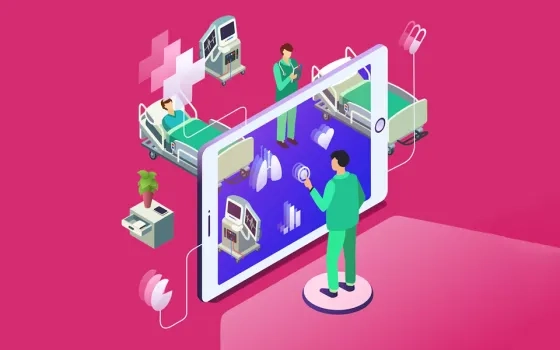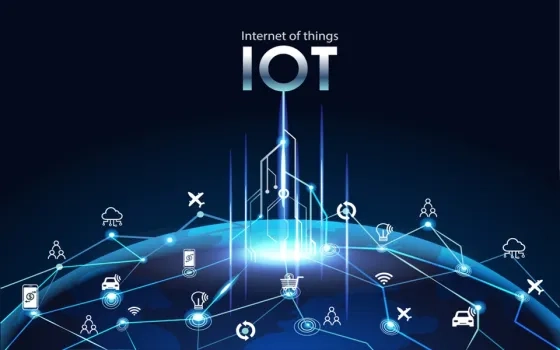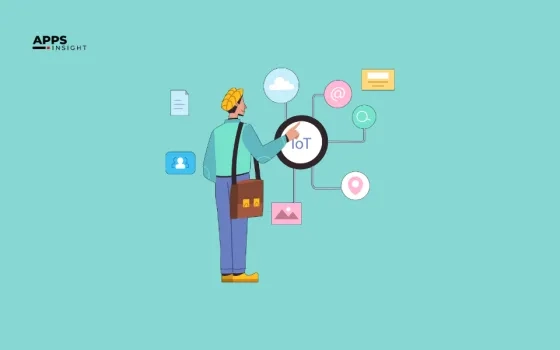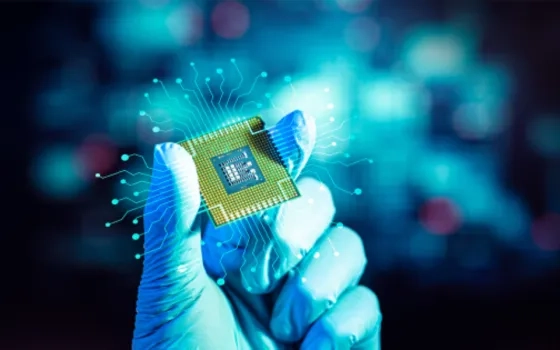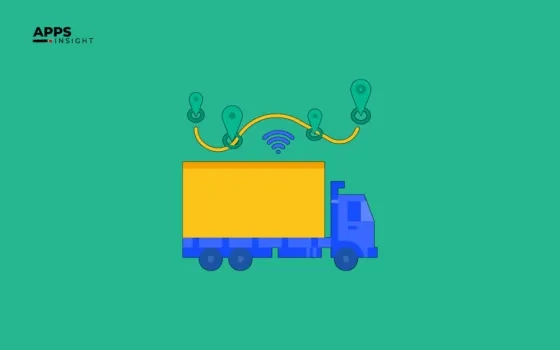“2019 will be the year of transformation for IoT in shipping” – Ronald Spithout, president, Inmarsat Maritime
Based on research commissioned by the mobile satellite communications company, the average expenditure per business on IoT-based solutions will amount to US$2.5 million over the next three years, in sectors like maritime, transport & logistics (T&L), energy, mining and agriculture. IoT-based solutions will attract a larger share of their IT budgets than any other ‘next generation’ technology, while early analysis of other segments places maritime ahead of energy, agriculture and mining.”
Of the 750 respondents surveyed in the report, 51% claimed that revenue generation is not a leading factor to be considered, but 75% attested to IoT playing a key role in aiding savings. 65% of the respondents admitted to using IoT-based solutions to monitor fuel consumption, especially with the noose tightening around the sector on global ship emissions.
IoT, which until five years ago was merely a buzzword in industrial circles, has seen a surge in the past five years and now plays a critical role in digital transformation worldwide. IoT is being adopted extensively across several industries including manufacturing, transport & logistics and shipping among others. Companies especially in the transport and logistics sector (including shipping) have been quick to adopt this technology for real-time tracking of shipments, warehouse-capacity optimization, predictive asset maintenance, route optimization and improved last-mile delivery among others.
As the applicability of IoT expands, so does its scope to enhance opportunities for the shipping industry. Companies have reams of data harnessed continuously from their fleets, which can now be strategically utilised and intelligently exploited, leading to enhanced customer engagement, informed decision making and an efficient use of transport infrastructure.
How IoT Can Help the Demand & Supply Of Logistics:
Every business model has a supply and demand cycle. In logistics largely, the supply side includes warehouses, a transport network and the numerous vehicles or vessels that are used to move goods around. Common supply-side IoT applications currently focus on improving these drivers and reducing costs for businesses. Popular examples include capacity sensing, planning and reporting, routing optimization, energy-efficiency management, and proactive fault/problem detection and resolution.
On the other hand, there’s the demand side of the business which includes goods to be transported and the customers expecting the goods. The value to customers is determined by the time, security, traceability, and condition of their cargo. Current IoT use cases focus on improving those factors and include environment monitoring, threat detection and prevention, and real-time traceability down to unit level.
Businesses are increasingly trying to apply IoT’s capability to either of the above areas, as it either brings down their costs or adds revenues.
Several fleet owners are happy to adopt technology solutions that bring down their costs, but show some reluctance to add layers of technology when they don’t necessarily add revenues in any way. One of the major obstacles in the adoption of digital offerings such as IoT is the integration of new technologies into existing legacy systems, which lack standardisation protocols. With efforts being made to introduce standardisation through 5G and edge computing, the future of the shipping can look radically different in the next five years.
Maersk Takes A Giant Leap Into The Future With IoT & Blockchain
Danish shipping giant Maersk has invested extensively in technologies like IoT and blockchain to improve transparency, efficiency and costs for its sea freights. The company piloted its Remote Container Management (RCM) system that allows its fleet of 300,000 refrigerated containers to monitor and send data such as temperature and location to the cloud. Remote Container Management offers a range of benefits including optimising container conditions for sensitive items and perishables, reducing costs and time spent on container inspection, and comprehending sea conditions and their impact on goods being transported.
A layer of blockchain technology can mitigate security risks to a significant extent – especially after Maersk faced a security breach in 2017 that impaired its port operations in multiple countries.
Recently, the company launched a collaboration project with IBM to embed blockchain technology in its supply chain with the main goal to be digitizing a traditional paper trail used to track products across shippers, ports, freight forwarders, and customers in the shipping industry. This can save the industry billions of dollars due to reduction in frauds, errors, and delays as well as reduction in documentation cost, which currently accounts for 15% of the cargo value. Additionally, blockchain allows Maersk and its shipping partners full visibility into shipping records while preventing any parties involved in the shipping process to alter records without consensus – participants such as retailers and ports can also integrate container location data into their supply chain to better plan for receiving goods upon arrival, reducing space, labour costs and improving inventory management.
IoT Connectivity-as-a-Service Introduced by KVH and Adopted by Kongsberg:
Recently, KVH Industries introduced KVH Watch, an Internet of Things (IoT) Connectivity as a Service program utilizing global VSAT communications. It is designed as the connectivity solution for remote equipment monitoring and intervention by maritime equipment manufacturers and IoT application providers. With remote monitoring, manufacturers can act in real time, minimizing expensive service calls and ensuring that their equipment is performing at its peak for the maritime operation. Maritime technology solutions provider Kongsberg’s Digital’s Vessel Insight solution is the first application to be introduced on this device.
Shipowners can now save operational expenditure through advanced remote monitoring and diagnostics. Watch Intervention was designed specifically to resolve the problems pertaining to IoT remote condition monitoring. Instead of delayed or inefficient ship visits, shore-based specialists can now solve more challenging issues with equipment on a vessel in real-time. For this, VSAT connectivity can effectively manage daily monitoring and rapid remote support.
Port of Hamburg: Using IoT To Enable Smooth Movement of Containers and Maximise Port Utility:
In shipping ports, several companies and different kinds of transport vehicles jostle to enter and exit a comparably small entry point. Almost every major port grapples with aligning with different stakeholders so as to optimise port facilities.
The Port of Hamburg in Germany, which is the country’s largest and the world’s 15th busiest, has projected that the number of containers passing it will grow from 9 million in 2013 to 25 million in 2025. Traffic increases, while the space remains the same – making it highly challenging for port authorities to maximise port utilities and mitigate any idle time in the harbour.
The port of Hamburg addressed this problem by connecting all participants in the port using a single data system. By doing so, port managers were able to collect and aggregate information about all traffic inside the port area on closed bridges, possible congestion at the terminals, available parking space in truck parks, and more. The aggregation enables the system to share information with all stakeholders, so that they can make better decisions about how to load, unload, and route cargo through the port. To deal with companies’ unease about sharing information with competitors, the system gathers all information in IoT opportunities in transport and logistics. The port was able to improve its turnover of goods and traffic, reduce idle time throughout its supply chain, and control traffic. By doing so, it has benefited all stakeholders, among them the freight shipping companies, carriers, railway companies, customs, and of course the port itself.
The inroads of IoT into the maritime sector is taking place, but now is the time for the industry to understand the utility of this technology so as to improve operational efficiency, shore up revenues, make precise data-driven decisions and herald a new era of digitisation.
This article is part of our ongoing series Innovate2Transform.
For more updates, follow NASSCOM CoE IoT-DSAI on LinkedIn, Twitter, Facebook, and Youtube







